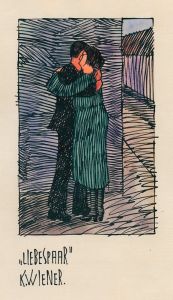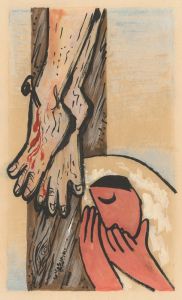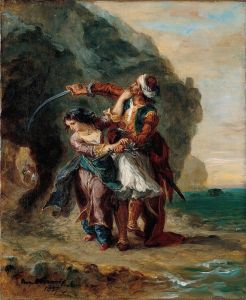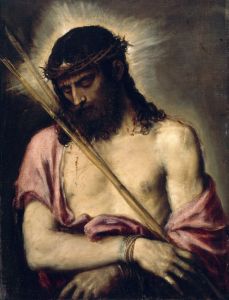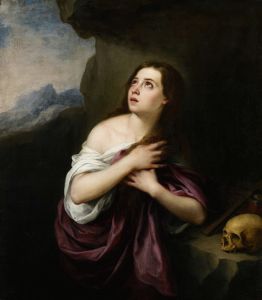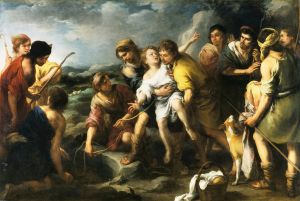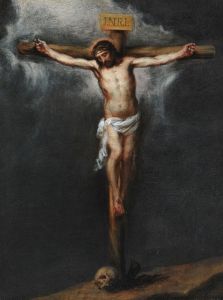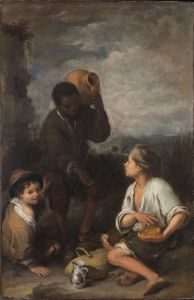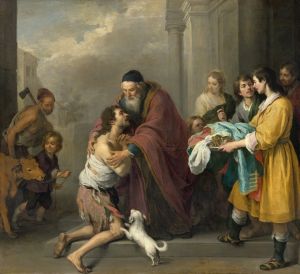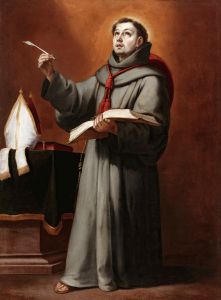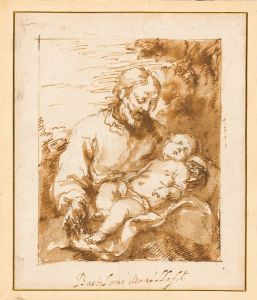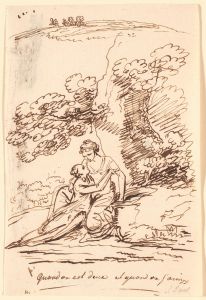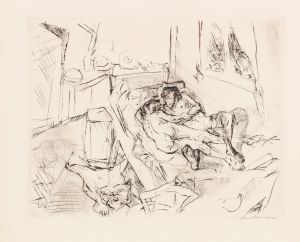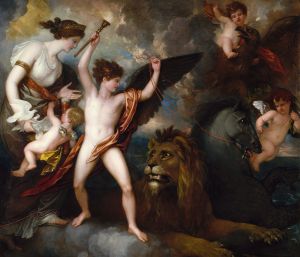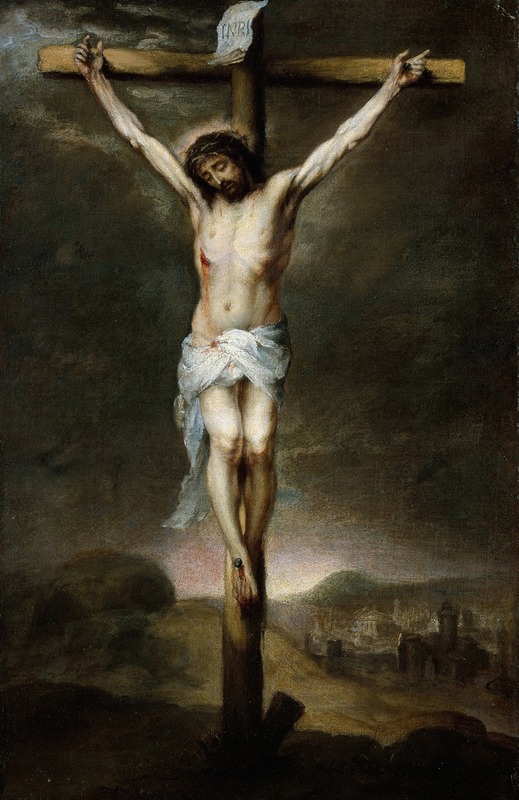
The Crucifixion
A hand-painted replica of Bartolomé Estebán Murillo’s masterpiece The Crucifixion, meticulously crafted by professional artists to capture the true essence of the original. Each piece is created with museum-quality canvas and rare mineral pigments, carefully painted by experienced artists with delicate brushstrokes and rich, layered colors to perfectly recreate the texture of the original artwork. Unlike machine-printed reproductions, this hand-painted version brings the painting to life, infused with the artist’s emotions and skill in every stroke. Whether for personal collection or home decoration, it instantly elevates the artistic atmosphere of any space.
Bartolomé Esteban Murillo's The Crucifixion is a significant work by the renowned Spanish Baroque painter, who is celebrated for his religious compositions, genre scenes, and portraits. This painting depicts the crucifixion of Jesus Christ, a central theme in Christian art, and reflects Murillo's mastery of emotional expression, composition, and use of light.
Murillo was active during the 17th century, a period marked by the Counter-Reformation, which heavily influenced the art of the time. Religious imagery was used to inspire devotion and convey theological messages, and Murillo's works often aligned with these objectives. The Crucifixion exemplifies his ability to create deeply spiritual and emotive works that resonate with viewers.
In this painting, Christ is shown nailed to the cross, his body illuminated against a dark background. The composition is simple yet powerful, focusing entirely on the figure of Christ. Murillo's use of chiaroscuro—contrasting light and shadow—enhances the dramatic effect and draws attention to Christ's suffering and sacrifice. The artist's skillful rendering of anatomy and drapery adds a sense of realism, while the serene expression on Christ's face conveys a sense of divine acceptance and redemption.
Murillo's The Crucifixion is notable for its lack of extraneous details or additional figures, such as the Virgin Mary or St. John, who are often included in depictions of the crucifixion. This minimalist approach emphasizes the solitary suffering of Christ and invites the viewer to meditate on the significance of his sacrifice. The painting reflects Murillo's ability to balance realism with idealism, creating an image that is both accessible and transcendent.
The exact date of the painting's creation is not definitively known, but it is generally attributed to the mature period of Murillo's career, when he produced many of his most celebrated religious works. The painting is believed to have been commissioned for a religious institution, as was common for Murillo's works, though specific details about its original patron or location are not documented.
Today, The Crucifixion is housed in the Museo del Prado in Madrid, Spain, which holds one of the most extensive collections of Murillo's works. The painting is considered an important example of Spanish Baroque art and continues to be admired for its spiritual depth and artistic excellence.





